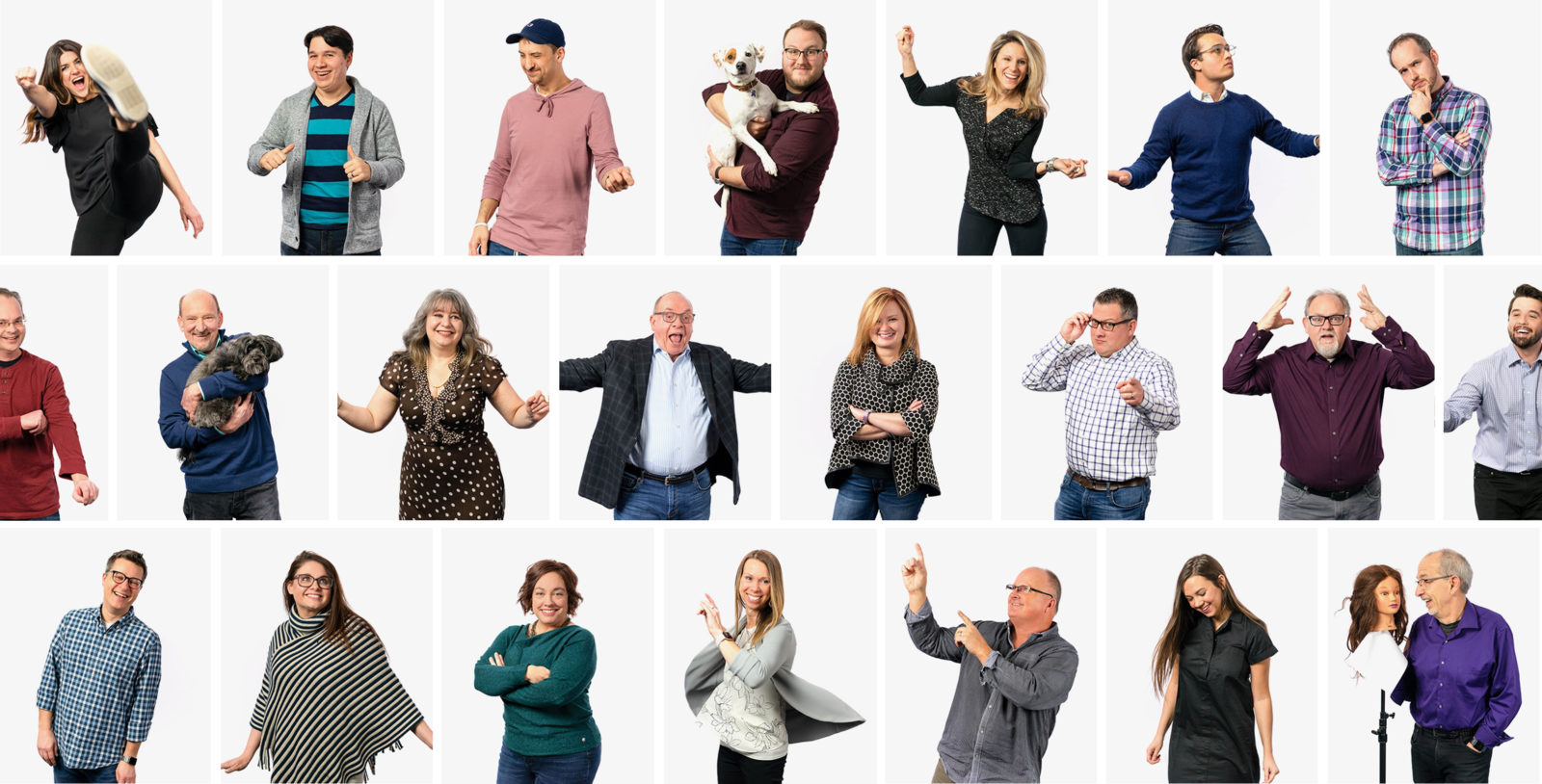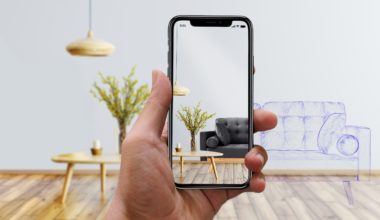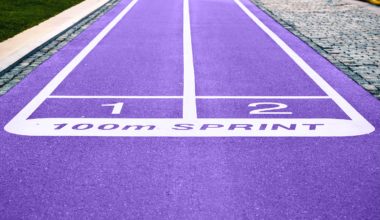4 Ways Photographers Can Craft a Great Photo Session Experience
You’ve probably experienced it before…
You’ve begrudgingly sat on that stool in front of those hot lights to get your photo taken for the school yearbook or church directory. You’ve nervously looked at your peers second guessing your outfit choice. The shutter starts clicking and you quickly reposition your head at different angles, hoping one of them makes your neck look thin. There’s probably a million things you’d rather be doing than sitting in front of those bright lights that highlight every insecurity you have, but there you are.
Even photographers know this sinking feeling all too well when someone else is taking our picture. We dwell on our own insecurities and worry if the photo will capture what we believe is true about ourselves.
As a photographer myself, I believe photographers can reduce this anxiety by investing in a great client experience. Sure, photographers need to know how to operate a camera and lights to actually capture the photo, but in a saturated digital photography world, it is crucial for photographers to connect with their subjects in a way that will leave them feeling confident, comfortable, and coming back for more.
Recently we photographed dozens of Hanson employees under those same hot lights, but we made them stand…and move a little. Hansonites come in all different shapes, sizes, and personalities and it was important to remember that throughout the session to best serve every single one of them!
I’m going to use examples from our shoot to demonstrate the four ways I believe photographers can create a great photo session experience that eases the anxiety of photo day.

Recognize your role in your subject’s life
Be humble for the art; have pride for the craft.
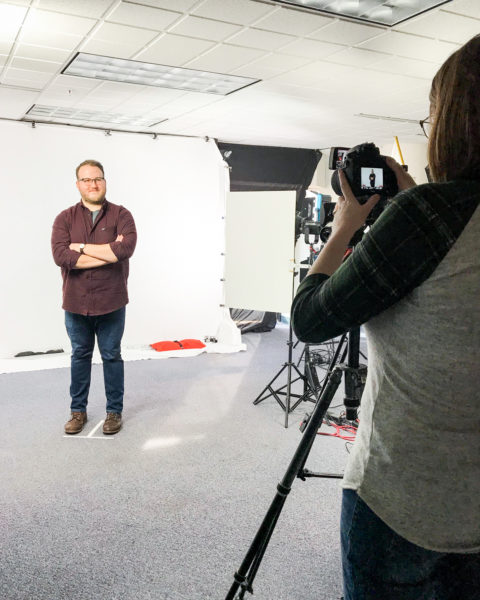
It’s easy for us as photographers and creatives to narrowly focus on the tasks at hand…photograph, cull, edit, deliver. But the element often missing from this list that absolutely sets one photographer apart from another is developing a human connection.
Photographing is a truly humble experience, as the sole purpose of the photographer is to capture someone else’s legacy—no matter their shape, size, personality, attitude, or budget. In fact, anyone who is willing to be captured can be captured despite any insecurities they may have. It’s important to have empathy and build trust with our subjects. With experience, we can learn how to intentionally use light, composition, and pose to flatter them in ways that uniquely serve them. You’re not just delivering a photo to your client; you’re delivering them confidence. The photographer is merely the vehicle that helps tell the subject’s amazing story. These images survive beyond our lifetime, they become a living legacy of something that was and is truly great.
The art of capturing another human being is powerful. When you recognize your role as a photographer in your subject’s life, I believe you can start to foster meaningful relationships with your subjects and make them feel more comfortable during their session.
Educate your subject for success
Knowledge is power and should be shared.
I always like to send an email before the session with tips on how to get the most out of the experience—what clothing to consider, how to pair color palettes, props to consider based on their unique personality, what locations and times offer the best light, etc. Your client likely hasn’t thought at length about all of these things and aren’t as hyper-aware as you because they aren’t the one taking photographs every day. They may show up in an outfit they thought they loved but then realized it wasn’t flattering afterward. If we can guide our clients to outfits and situations they feel absolutely confident in, then that will be one less thing for them to worry about the day of the shoot.
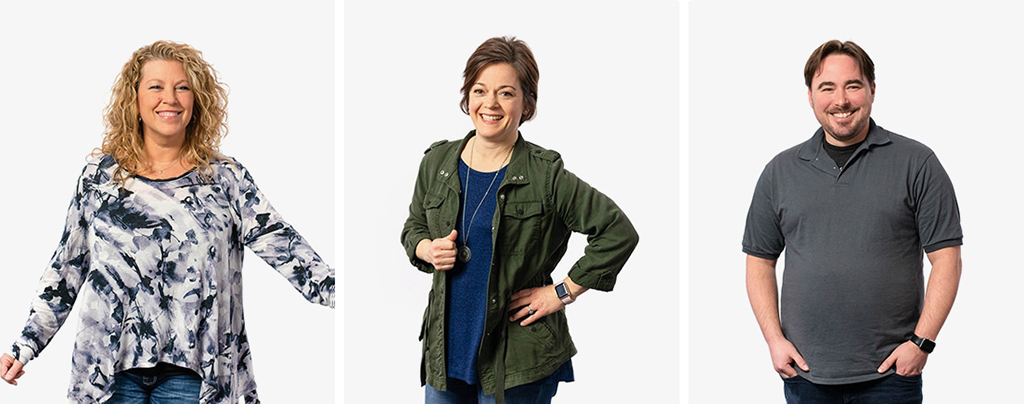
Pay close attention to your subject’s needs
Lend your ears and they will give you their smiles.
Adjust your tone and approach to match your subject’s comfort level.
Even I admit that I’d rather be behind the camera than in front of the camera! No matter how much preparation and education you give your subjects, some nerves will always be present, and that’s totally fine!
I like to start the session with a simple traditional pose to assess my subject’s comfort level. Subjects often start with forced smiles, locked knees, and tense shoulders. They are afraid to act out of turn so they remain quiet. This is where I find it crucial to create a positive and energetic atmosphere. I show them how to loosen up by shaking out my joints and wiggling my arms. I tell them to relax and “melt” their shoulders. I carry myself in a casual manner so that my subjects aren’t afraid to open up.
After taking a variety of simple traditional poses, I can better assess my subject’s body language to understand their comfort level and use that knowledge to drive the rest of the session.
At this point I like to instruct my subjects to walk or spin into a pose. Creating this movement helps them loosen up and pose more naturally. It brings life to the moment and can also elicit more natural smiles. For subjects who are more shy and nervous, I continue to gently use this approach to guide them into more natural poses. For more extroverted personalities, I push the comfort boundary a little more by directing them into more artistic poses and encouraging them to explore their own.

Recognize your subject’s insecurities to flatter them in the best way possible.
If your subject opens up to an insecurity, it’s important to honor that by posing them in ways that minimize these areas and to always, always encourage them along the way. If subjects don’t speak up, I try to acknowledge the most common ones like arms, stomach, and chest, and position my subject in ways that minimize these areas.
When we educate our subjects, we can guide them towards certain clothing styles to help minimize these areas. For example, if someone is self conscious about their arms, recommend to them that they wear a ¾ sleeve or longer. If someone is self conscious about their stomach, recommend they wear a colored cardigan or jacket to help create the illusion of a narrower torso.
During the session, there are some common ways we can flatter the body. My two favorite ways to do this are to create space between the arms and torso and to keep the arm extended a little away from the body. You may find that some people look more flattering square to the camera, and others may look best at a 45-degree angle. You can test this during your session by instructing your subject into a pose and then turning them until you find the best one. Even if one angle doesn’t work, keep encouraging and adjust as you go! It’s important to always stay positive and encouraging along the way.

Create joy, even in the awkward moments
You control the atmosphere.
Throughout the experience, it is my goal to craft a very positive and uplifting environment through smiling and encouragement. I say “I love that!” or “You’re doing such a great job!” and I truly mean it. All of my subjects are doing a great job because they’re submitting themselves to the fear of being in front of the camera. I guide them through the process, and each pose is another win. And when they know they’re doing a great job, they create even more amazing moments to capture.
Nothing is better than a real smile and sometimes our subjects need a little help eliciting them. I’ve found the best way to do this is to poke fun at myself or the situation. And this always makes people laugh or smile a bit because they’re thrown off-guard. Believe it or not, I’ve gotten some amazing moments from this technique.


And there you have it! These are my four tips for photographers to craft a great client experience. By staying humble, educating your subjects for success, flattering your subjects by assessing their comfort level and goals, and staying encouraging, you can ease the anxiety of photo day. Putting these things into practice will take time and experience, so be sure to give yourself grace as you continue to learn and grow in your career. Your subjects will thank you!
Check out more photos of our Hansonites from the shoot here!
